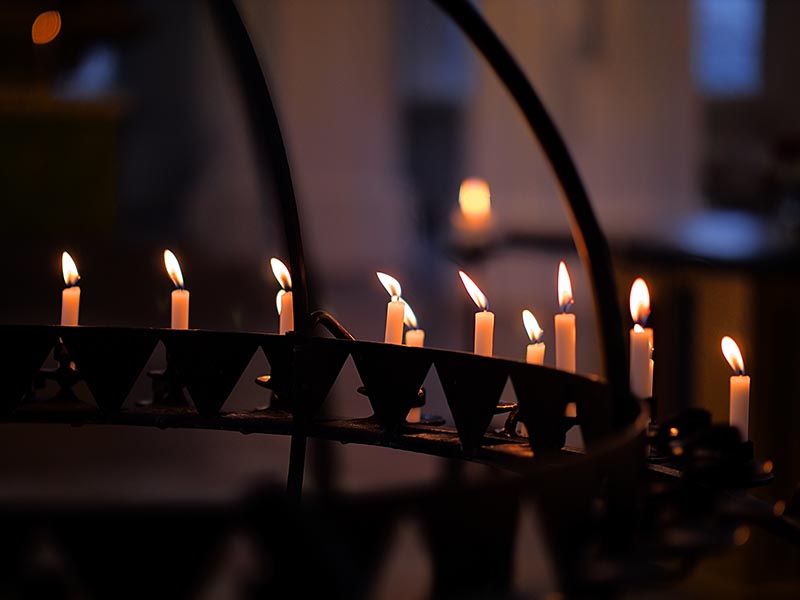Iceland Is Falling (Back) In Love With Its Ancient Pagan Beliefs
An old Norse religion called Ásatrú has grown so popular that it’s now the largest non-Christian religious sect in the country.
By Jessie Schiewe
Honoring the Old Norse gods is gaining popularity in Iceland. (Photo: Andrei Stratu)
It’s been more than 1,000 years since Iceland officially adopted Christianity as its national religion, but now a growing portion of the population is trying to bring back one of its ancient polytheistic religions.
Known as Ásatrú, it’s a old Norse pagan religion that believes the world is run by a multitude of gods and goddesses, namely Odin, the almighty, his prophetic wife Frigg, and Thor, the thunder god. More a system of beliefs than a codified religion, those who kept this faith believed in the existence of mythological races — like giants, dwarves, and elves — and that their spirits would ascend to an afterlife controlled by a particular deity after their death.
In Reykjavik, Iceland’s capital, a neopagan religious organization called Ásatrúarfélgið is trying to popularize the ancient beliefs of Ásatrú once again. Founded in 1972 by a sheep farmer, it has expanded into an international association over the years, slowly growing from just 12 to 3,583 members by 2017, reports Iceland Magazine. It is now the largest non-Christian community in the country.
It currently doesn’t have a place of worship, but the organization is trying to change that. Since 2015, it has been building a public temple to honor the region’s forgotten pantheon. Though still unfinished, Hilmar Örn Hilmarsson, the high priest, told OK Whatever over email that the site is about 60-percent completed after almost three years of work. He blamed “various complications on the development and engineering stage” for the delays and setbacks.
Then again, it doesn’t sound like an easy building to erect in the first place. According to the Guardian, it is being dug into a hillside overlooking Reykjavik and will be circular in shape with a dome on top to let in sunshine.
A rendering of Ásatrúarfélagið’s forthcoming temple by the architect Magnus Jensson. (Photo: Magnus Jensson)
When the temple is complete, the congregation will use it to host events, like name-giving ceremonies, weddings, coming-of-age rituals, and funerals. It will also be used for sacramental rituals, known as blót.
In ancient times, sacrifices of living creatures were key events in the Old Norse religion, used to satisfy or curry favor with a god or spirit. The meat was then cooked and dined upon in large, communal feasts along with beer or mead. Ásatrúarfélagið still hosts these kinds of celebrations, but they’ve nixed the animal sacrifices from their playbook.
“Ásatrúarfélag has never practiced animal sacrifices,” Hilmarsson said. “We do not see the point of it in a modern world and it is against of the law of the land.”
The organization’s religious symbol.
At events, priests and priestesses often wear Viking-era costumes, but not everyone dresses up and it is not a focal point of their gatherings. As Hilmarsson told us: “We are not a re-enactment society.”
Rooted in peace and tolerance, the organization also does not try to convert or dispute the veracity of others’ faiths. In fact, for a lot of members, it’s not the main religion they ascribe to; many are Christian or Wiccan, as well.
But if the idea of people worshipping a hammer-wielding god or the deity who inspired J. R. R. Tolkien’s depiction of Gandalf seems too far-fetched to imagine, you’re right. Ásatrúarfélagið is more like a community of history and religion geeks looking to connect and learn more about their predecessors.
“I don’t believe anyone believes in a one-eyed man who is riding about on a horse with eight feet,” the high priest told the Guardian in 2015. “We see the stories as poetic metaphors and manifestations of the forces of nature and human psychology.”







